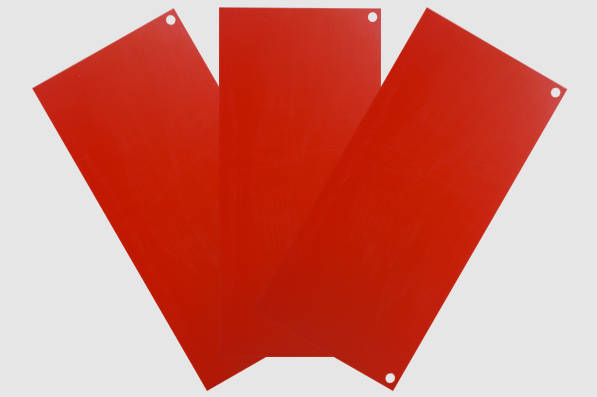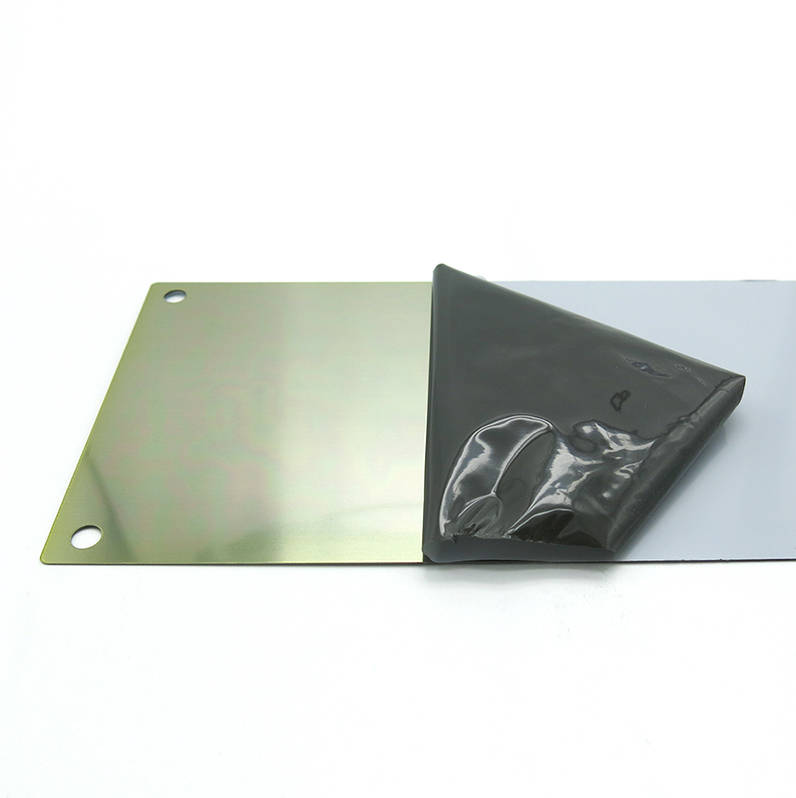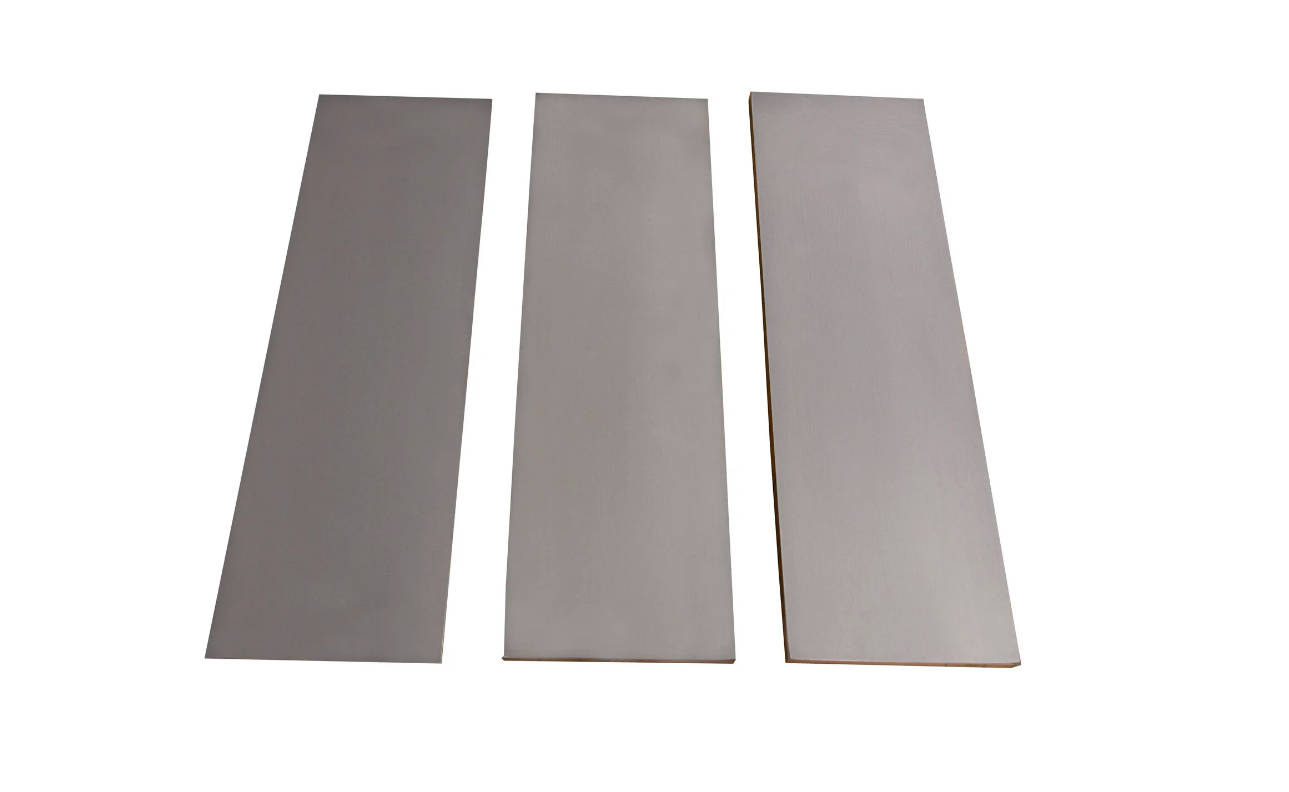Ceramic cliche plates represent the pinnacle of pad printing technology, offering unparalleled durability and the capability to achieve millions of impressions from a single plate. While requiring a higher initial investment compared to traditional steel plates, their exceptional lifespan, superior print quality, and reduced downtime deliver a significantly lower total cost of ownership, making them a strategic asset for any high-volume or precision-critical printing operation. For businesses aiming to maximize efficiency and consistency, understanding the benefits of ceramic plates is not just an option—it’s essential for maintaining a competitive edge.
Pad printing is a versatile indirect offset printing process, but its success hinges on the quality and longevity of one core component: the cliché plate. This plate holds the etched artwork that is filled with ink, picked up by a silicone pad, and transferred to the final product. As the literal foundation of every print, the plate’s material and construction directly impact everything from image sharpness to operational costs. This article delves deep into the world of ceramic cliche plates, exploring why they have become the gold standard for demanding applications and how to maximize their incredible potential.
We will cover what defines a ceramic plate, conduct a detailed comparison with its steel counterpart, identify the ideal applications for its use, and provide expert guidance on proper care and maintenance. By the end, you will have a comprehensive understanding of how investing in ceramic technology can transform your pad printing workflow, boosting both your output and your bottom line.

Table of Contents
- What Are Cliche Plates in Pad Printing? A Quick Primer
- The Ceramic Advantage: Why Choose Ceramic Cliche Plates?
- Ceramic vs. Steel Cliche Plates: A Head-to-Head Comparison
- When Should You Invest in Ceramic Cliche Plates?
- How to Maximize the Lifespan of Your Ceramic Plates
- Behind the Scenes: The Manufacturing Process of Ceramic Plates
- The Final Verdict: A Strategic Investment in Quality
What Are Cliche Plates in Pad Printing? A Quick Primer
Before diving into the specifics of ceramic, it’s crucial to understand the fundamental role of the cliche plate (often simply called a “cliché” or “plate”) in the pad printing process. Think of the cliche as the master template for your artwork. It is a flat plate, typically made of steel or ceramic, onto which your desired image is etched to a very precise, shallow depth. During operation, an ink cup (or an open inkwell system with a doctor blade) slides across the plate, filling the etched artwork with ink. The system then wipes the surface clean, leaving ink only in the etched cavity.
Next, a soft, pliable silicone pad presses down onto the cliché, lifting the ink out of the etch in the shape of the artwork. This inked pad then moves over to the product—whether it’s a curved pen, a textured electronic housing, or a delicate medical device—and presses down again, transferring the ink image perfectly onto the substrate. The cliche plate is therefore the heart of the printing cycle. Its ability to be etched cleanly, hold ink consistently, and withstand the repeated scraping of the doctoring system determines the quality and repeatability of every single print.
The Ceramic Advantage: Why Choose Ceramic Cliche Plates?
The move towards ceramic cliche plates is driven by a clear set of performance benefits that directly address the limitations of older materials. While steel plates are functional, ceramic plates elevate the process by leveraging advanced material science. They are typically made from Zirconium Dioxide (ZrO2), an advanced ceramic known for its extreme hardness and thermal stability.
Unmatched Durability and Hardness
The primary benefit of a ceramic cliche plate is its exceptional durability. Zirconia ceramic is one of the hardest materials available, ranking far above hardened steel on the Mohs scale of hardness. This physical property translates directly to superior resistance to wear and tear. The most abrasive element in pad printing is the doctor blade or the ceramic ring of the ink cup, which constantly scrapes across the plate surface to remove excess ink. On a steel plate, this action eventually causes microscopic scratches and wear, degrading the etch and the plate surface, which leads to poor doctoring and fuzzy prints.
In contrast, a ceramic plate’s surface is so hard that it is virtually impervious to scratching from a standard steel doctor blade. This means the plate surface remains smooth and flawless for a much longer period. This resilience prevents the gradual degradation of print quality and ensures that the plate performs as well on its millionth impression as it did on its first. This inherent toughness minimizes the risk of accidental damage during handling and cleaning, contributing to a longer, more reliable service life.
Achieving Massive Print Runs
This incredible durability directly enables extremely long print runs. A well-maintained thin steel cliché might last for 50,000 to 100,000 impressions, while a thick steel plate could reach several hundred thousand. A ceramic cliche plate, however, routinely achieves 1 to 2 million impressions, and in some cases, can go far beyond that. This dramatic increase in lifespan has profound implications for operational efficiency.
For any high-volume manufacturer, machine downtime is a primary enemy of profitability. Using steel plates necessitates frequent production stoppages for plate changes. Each change involves unmounting the old plate, mounting a new one, realigning the artwork, and recalibrating the machine settings—a process that can take significant time and waste product. With a ceramic plate, these changes are drastically reduced. A single plate can last for weeks or even months of continuous, multi-shift production, maximizing uptime and throughput.
Superior Print Quality and Fine Detail
The advantages of ceramic extend beyond just longevity. The fine-grain, non-porous structure of the Zirconia material allows for exceptionally sharp and precise etching. Modern laser etching technology can create incredibly fine lines, intricate details, and crisp text on a ceramic surface that would be difficult to achieve and maintain on steel. This makes ceramic plates the ideal choice for applications requiring high-resolution graphics, barcodes, or small, legible text, such as in the electronics and medical device industries.
Furthermore, the ultra-smooth surface of a ceramic plate ensures a cleaner “doctoring” action. The ink cup ring glides effortlessly, shearing the ink perfectly at the edge of the etch. This results in a cleaner ink pickup by the pad, with no residual ink film left on the plate surface. The outcome is a sharper, more vibrant print on the final product, free from the “hazing” or “ghosting” that can occur with worn or poorly doctoring steel plates. This consistent, high-fidelity transfer is critical for maintaining brand standards and meeting regulatory requirements for legibility.
Ceramic vs. Steel Cliche Plates: A Head-to-Head Comparison
To fully appreciate the value proposition of ceramic plates, a direct comparison with their traditional steel counterparts is necessary. While steel plates remain a viable option for short runs or less demanding jobs, the data clearly shows where ceramic excels. The choice between them often comes down to a classic trade-off between short-term cost and long-term value.
The following table provides a clear, at-a-glance breakdown of the key differences between the two types of plates, helping you understand the trade-offs involved in your decision-making process.
| Feature | Ceramic Cliche Plate | Steel Cliche Plate |
|---|---|---|
| Material | Zirconium Dioxide (ZrO2) | Hardened Tool Steel |
| Typical Print Run | 1,000,000 – 2,000,000+ impressions | 50,000 – 250,000 impressions |
| Durability & Scratch Resistance | Extremely high; virtually scratch-proof from doctor blades | Good, but susceptible to scratching and wear over time |
| Print Quality & Detail | Superior. Enables very fine lines and halftones with sharp definition. | Good, but detail can degrade as the plate wears. |
| Upfront Cost | High | Low to Moderate |
| Cost Per Impression | Extremely Low | Low to High (depending on run length) |
| Maintenance | Easy to clean, resistant to rust and corrosion. | Requires careful cleaning; can rust if not properly stored. |
| Brittleness | Higher. Can crack or chip if dropped. | Lower. More resistant to impact from being dropped. |
As the comparison shows, the primary disadvantage of ceramic plates is their brittleness and higher initial cost. However, when the cost is amortized over a print run that is 10 to 20 times longer than that of a steel plate, the cost per impression plummets. This makes the ceramic plate the far more economical choice for any long-term, high-volume production scenario.
When Should You Invest in Ceramic Cliche Plates?
Making the switch to ceramic plates is a strategic decision. It’s not a universal replacement for all applications, but for specific scenarios, it’s an undeniable upgrade. Identifying these scenarios within your own operations is key to unlocking their value.
For High-Volume, Non-Stop Production
The most obvious use case is for high-volume manufacturing environments. If your production lines run continuously, printing thousands of parts per shift, ceramic plates are a necessity. The reduction in downtime for plate changes alone can lead to a staggering increase in overall equipment effectiveness (OEE). Consider a line producing promotional items or automotive components; switching from a weekly plate change to one that happens every few months transforms the production schedule and boosts capacity without adding new machinery.
For Demanding and Precision-Critical Applications
Industries with stringent quality and regulatory requirements benefit immensely from ceramic plates. In the medical device industry, for example, UDI (Unique Device Identification) markings must be perfectly legible and permanent. The superior detail and consistency of ceramic ensure that every print meets these critical standards. Similarly, in the electronics industry, printing tiny symbols and logos on small components requires a level of precision that ceramic plates deliver reliably over millions of cycles.
When Focusing on Total Cost of Ownership (TCO)
Forward-thinking businesses that prioritize long-term profitability over short-term expenses should opt for ceramic. The calculation for Total Cost of Ownership (TCO) is where ceramic plates truly shine. The formula is simple: TCO = (Initial Plate Cost + Labor for Plate Changes + Cost of Downtime) / Total Impressions. While the initial cost is higher for ceramic, the denominator (Total Impressions) is exponentially larger, and the costs associated with labor and downtime are drastically lower. This financial metric proves that investing more upfront leads to significant savings over the life of the project or product.
How to Maximize the Lifespan of Your Ceramic Plates
Even though ceramic plates are incredibly durable, they are not indestructible. Their one weakness is brittleness—they can crack or chip if dropped or mishandled. Following best practices for handling, cleaning, and operation is essential to protect your investment and ensure you achieve those multi-million impression runs.
Proper Handling and Storage Protocols
Always handle a ceramic cliche plate with the same care you would give a piece of glass or precision optics. Never slide it across a hard surface or stack anything on top of it. When not in use, store it in a padded case or a designated vertical rack where it cannot be knocked over. Operators should be trained to carry the plate with two hands and to avoid placing it in high-traffic areas where it could be accidentally struck. This simple discipline is the first line of defense against impact damage.
Effective Cleaning Procedures
Proper cleaning is vital. Use only solvents recommended by your ink manufacturer and apply them with a soft, lint-free cloth. Never use abrasive pads, scrapers, or metal tools to remove dried ink, as this can chip the fine edges of the etch. The best practice is to clean the plate immediately after a print run is complete, before the ink has a chance to fully cure in the etch. A thorough but gentle wipe-down is all that’s needed to prepare the plate for its next run or for storage.
The Importance of Doctor Blade Selection and Setup
While a ceramic plate is harder than a steel doctor blade, a poorly set up or damaged blade can still cause issues. Ensure the doctor blade is installed correctly, with even pressure across the entire plate. An uneven blade can lead to inconsistent doctoring and may, in extreme cases, exert a focal point of pressure that could risk damaging the plate. Regularly inspect the doctor blade for nicks or wear and replace it as needed. Using a high-quality, well-maintained doctoring system is key to a symbiotic relationship that maximizes the life of both the blade and the plate.
Behind the Scenes: The Manufacturing Process of Ceramic Plates
Understanding how ceramic cliche plates are made provides further appreciation for their performance. The process begins with high-purity Zirconium Dioxide powder, which is pressed into a plate shape and then sintered at extremely high temperatures. This process fuses the ceramic particles together, creating a dense, non-porous blank with immense hardness.
Once the blank is created, it is lapped and polished to an almost perfectly flat, mirror-like finish. The final artwork is then etched into the surface, almost exclusively using a high-precision laser etching system. Unlike the chemical etching often used for steel plates, laser etching offers unparalleled control over the etch depth, wall angle, and bottom surface profile. This allows for the creation of etches specifically tailored to the viscosity of the ink and the detail of the image, further enhancing print quality and consistency.
The Final Verdict: A Strategic Investment in Quality
Ceramic cliche plates are more than just a durable alternative to steel; they are a transformative technology for modern pad printing. By offering an order-of-magnitude increase in lifespan, superior print fidelity, and a drastic reduction in operational downtime, they redefine what is possible in terms of efficiency and quality. The higher upfront cost is decisively offset by an exceptionally low cost per impression, making them the most economically sound choice for any serious, high-volume production.
For any business looking to push the boundaries of their pad printing capabilities, reduce waste, and improve their bottom line, the question is not if they should adopt ceramic plates, but when. By investing in ceramic technology and adhering to proper maintenance protocols, you are investing directly in long-term profitability, reliability, and unparalleled quality for your products.
Main Keyword: Ceramic Cliche Plates Long-tail Keywords: maximizing print runs in pad printing, durability of ceramic cliche plates, ceramic vs steel cliche plates, how long do ceramic cliche plates last, pad printing plate maintenance, total cost of ownership ceramic cliche plates, best cliche plate for fine detail printing, Zirconium Dioxide pad printing plates, laser etched ceramic clichés, high-volume pad printing solutions




